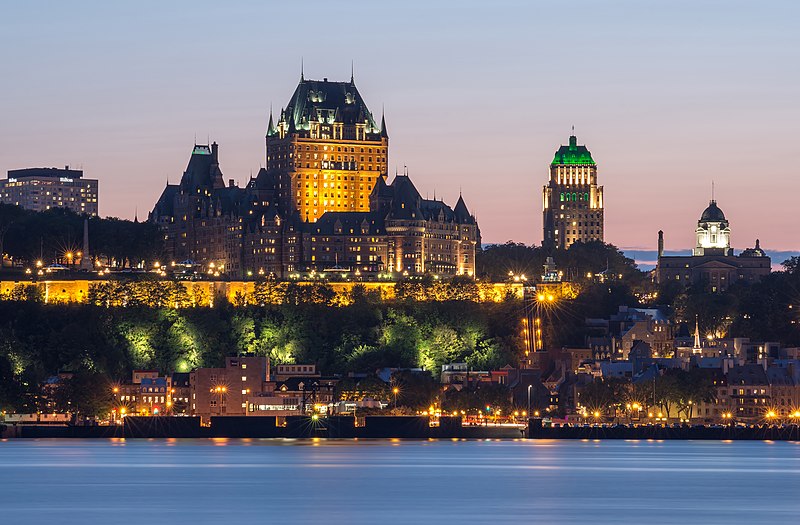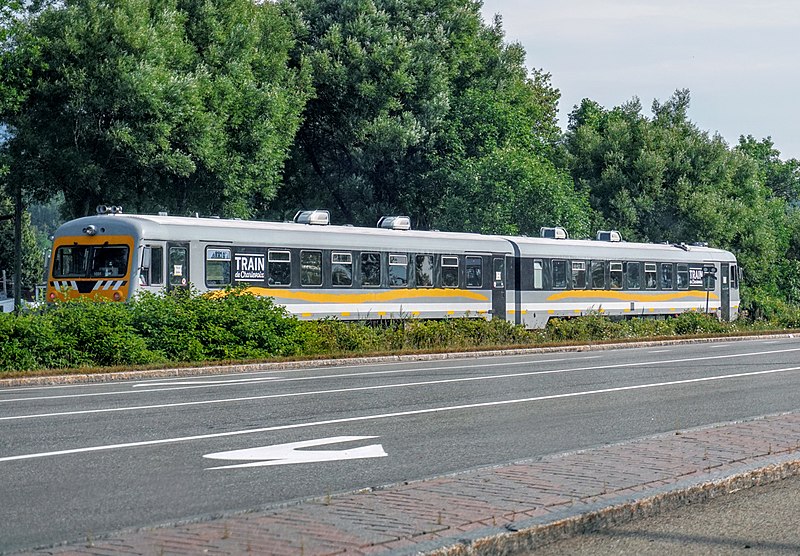7481 Woodbine Ave #203, Markham, ON L3R 2W1 (647) 806-8188
Copyright © 2021 CondoTrend. All rights reserved.

There are several ways to explore the region’s attractions safely, including on foot, by bicycle, by public transportation, and by tourist shuttle. Discover our recommendations for minimizing your environmental impact when travelling in the area.
Bus
The majority of Québec’s cities and communities are accessible by bus. A few firms operate intercity bus lines, principally Orléans Express, Intercar, Maheux, and Limocar. The buses are still sometimes referred to as the Voyageur buses, which is the name of a defunct firm. The Gare d’autocars de Montréal is the sole intercity bus terminal in Montreal that provides services to and from the majority of Canadian and American cities. Public transportation services are offered in Québec’s main cities. There are subways (the “métro”), buses, and commuter trains in Montréal. And we can’t talk about the metro without talking about Montréal’s underground metropolis. It is made up of about 30 kilometres of tunnels that connect 10 metro stations and give people access to hundreds of businesses and public buildings.

Plane
Given the vast expanse of Québec, air travel is a quick and very practical means of transportation. Not only can you visit inaccessible by road places like Nunavik, but you can also traverse vast distances in almost no time, such as Québec-Gaspé or Montréal-Chibougamau, which both take around 90 minutes. Flying to the Basse-Côte-Nord or the Îles de la Madeleine in the Gulf of St. Lawrence is also an excellent option. Certain operators will even allow you to hire a bush aircraft or seaplane to your desired location. For information, contact the airports and airfields in Quebec. However, it is essential to bear the following in mind: Given Québec’s vast distances (over 1.5 million km2) and low population density (5.6 inhabitants/km2), flight connections are scarce and airfares are very high (compared with 232.36 in Germany, 215 in Belgium, 34.4 in the United States, 64.78 in Mexico, 105.8 in France, 274.03 in the United Kingdom, and 206.96 in Switzerland).

Train
In North America, the automobile is the predominant land-based mode of transportation. European or former European travellers will note that our train network is not as vast. In addition, we lack high-speed trains. It is vital to know so that appropriate travel plans may be made. Nevertheless, travelling by rail in the winter is convenient and enjoyable! It offers you time to observe the scenery, continue working, write postcards (yes, people still do that! ), enjoy VIA Rail’s entertainment program, and, thanks to wireless Internet (except on Adventure Routes), plan the next leg of your journey. The most popular train, with several daily departures, is the one between Montréal and Québec City. Additionally, the Montréal-Ottawa line provides access to Outaouais, with Gatineau only a few minutes away. You may also go on a longer journey by boarding one of the trains bound for Matapédia, Saguenay, La Tuque, or Senneterre. On the Montréal-La Tuque-Senneterre and Montréal-Jonquière lines, if the train personnel notice you, you may board and disembark at numerous points along the route. Typically, outdoor enthusiasts, fishermen, and hunters use these unique locations in the wilderness. On the line between Montréal and Halifax, between the Sainte-Foy station in Québec City and Matédia, passengers can also ask to get on and off at certain stops.
7481 Woodbine Ave #203, Markham, ON L3R 2W1 (647) 806-8188